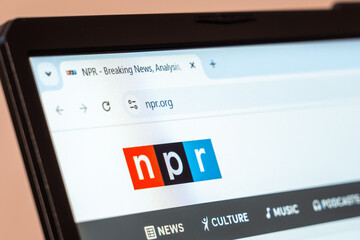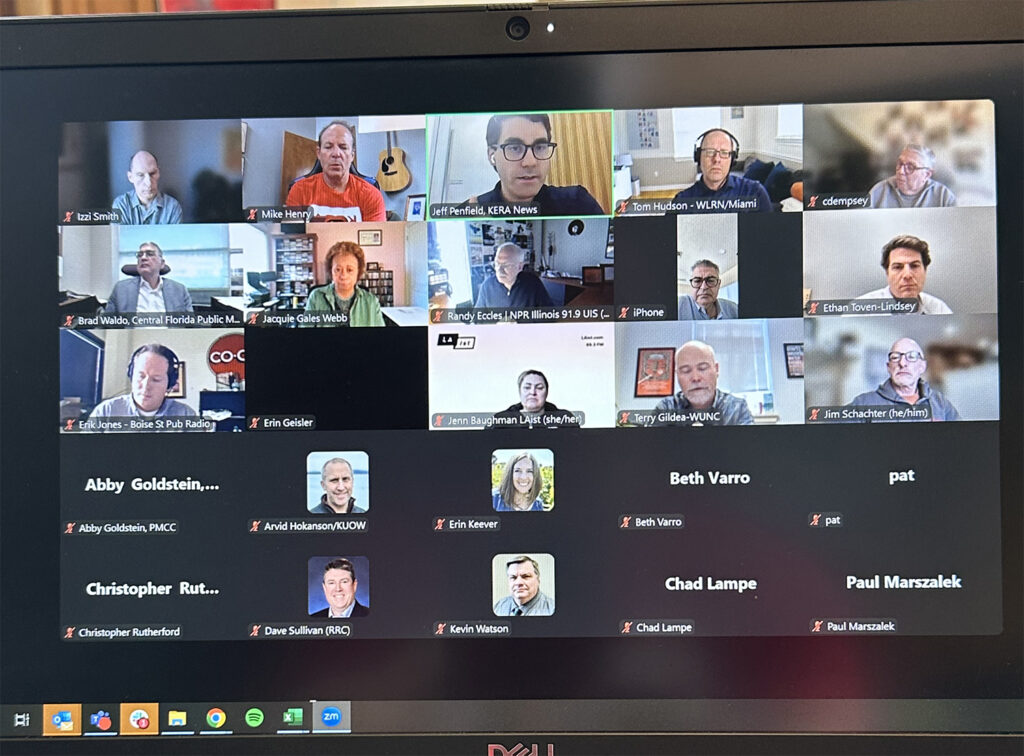Is it possible to have too much news during the day on a local NPR News station? For a growing number of public radio stations, the answer is “no.” Click here to find out why.

Image credit: Mariakray – stock.adobe.com
The typical program schedule has included the anchor NPR news programs in drive times and hourly blocks of talk shows in between. Competitive changes and digital advancements have rightfully motivated some stations to find more and new ways to drive ongoing news coverage throughout the day, which runs against the grain of most talk program clocks.
This friction has loosened up some syndicated talk show clocks to allow for more local news breaks in the hour, it is redefining the definition of a “program” on public radio news stations to include ongoing news coverage, and it has sharpened concepts of local news “programming” vs. “programs” that may or may not be local or have enough local breaks.
As part of our continued series of “What Now Conversations” to address news programming in a time of significant disruption, last week Paragon and Listen Again Tomorrow partnered for a webinar to discuss unfolding audience-focused strategies aimed at increasing news coverage during the day. Speakers included:
- Jeff Penfield – Program Director, KERA Dallas
- Izzy Smith – Director of Live Listening, WBUR Boston, & News Content Consultant, Paragon
- Terry Gildea – Program Director, WUNC Raleigh
- Emily Quirk – Program Director, New Hampshire Public Radio

Screenshot of some participants of the What Now webinar on 3-27-25
KERA is in the development phase of a new “program” but with different components from a traditional public radio program. There will still be a host, but the goal is to produce a news-forward local show with heavy newsroom integration and a focus on daily news with local relevance and voices. Penfield said another goal is for the show to “live outside the hour” by creating reusable content across dayparts and platforms. KERA is building a digital and community strategy to repackage content for other programs with the potential for future integration into podcasting, social, and a new website.
For WBUR, the strategy is to shift from “making programs” to “making programming.” Smith shared how WBUR made a programming pivot recently to sunset Radio Boston and reassign staff from the program to create content across all dayparts. They made other moves to increase ongoing news coverage, including adding an hour of Morning Edition and shifting program times. The content output and results are impressive. They have increased local content in all core programs throughout the day and ratings have improved against the competition during key times. Team morale improved and the work is more sustainable. The internal understanding is that “Local programming didn’t go away. It went everywhere.”
WUNC launched a locally produced program, Due South, in the 10 am slot about two years ago and a long-running program was dropped from the schedule. Gildea explained that internal co-hosts with strong local ties were promoted from within, an executive producer was added, and the team includes three producers and a technical director. Feedback was strong but internal surveys and content audits suggested the Due South would perform better at 12 noon, so the move was made and again the external and internal results have rewarded their decisions. The program features a strong weekly North Carolina news roundup and is heavy on local topics. While a digital strategy is in process, they repurpose the show into a podcast and have consistent sponsorships.
New Hampshire Public Radio ended their daily talk show four years ago and reassigned staff to podcasting and reporting and added producers to Morning Edition and All Things Considered. Quirk acknowledges the unique value of live daily talk but sees an opportunity to expand platforms like Instagram and YouTube. Quirk also mentioned a monthly listener engagement project (The Big Question) which gathers listener audio and is used for a produced montage in All Things Considered, and using mobile app features for listener voice submissions.
All four speakers made cases for rethinking programming structure, using data and feedback to guide programming changes, and implementing a robust digital strategy for news coverage. For all of them, local news content and community engagement are keys to their success.

Leave A Comment